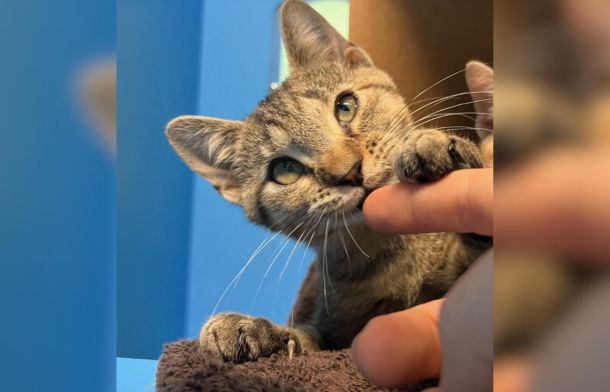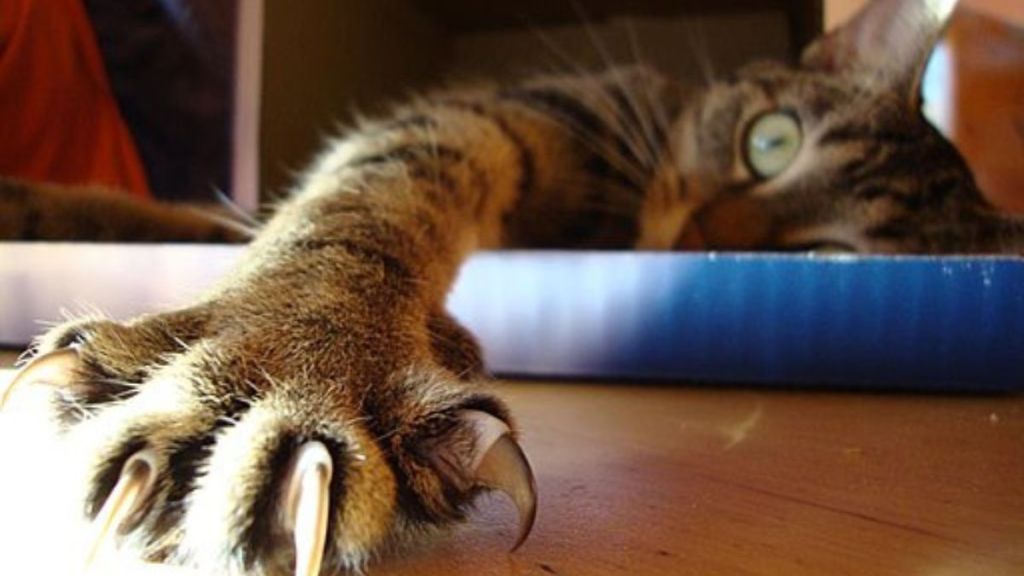Animal rights activists have long fought to outlaw the practice of declawing cats. In Massachusetts, Governor Maura Healey signed a new law banning cat declawing on Thursday, January 16, 2025.
Videos by InspireMore
The surgical procedure to declaw a cat removes the last piece of bone on a cat’s toe. Over time, this deformity can cause the cat to have foot pain and difficulty walking. In some instances, declawed cats become hesitant to use litter boxes. Some owners have noted that declawed cats may also tend to bite. Additional health problems may also result from the procedure.
The practice has been deemed inhumane. Veterinarians widely support the bans, although several Veterinary Medical Associations are declining to take a stand. In addition to Massachusetts, cat declawing is illegal in Maryland, New York, San Francisco, Los Angeles, Pittsburgh, Denver, and many more cities.

The law in Massachusetts covers cat declawing, tendonectomy, and other procedures. Exceptions are permissible for medical necessity at the discretion of a licensed veterinarian. A tendonectomy involves cutting a tendon in the toes to limit the extension of claws.
The law, S.2552—An Act prohibiting inhumane feline declawing, prohibits the practice except in cases of medical necessity. Vets who continue to perform cat declawing with the ban may be subject to heavy fines. Their licensure board may also assign them disciplinary punishment.
Many veterinary doctors have discontinued the practice on their own. The added threat of fines beginning at $1,000 makes it easy to drop the procedure from surgical schedules. Although the current list of cities and states with bans is short, you can expect that to grow. The Paw Project activists continue pushing for a nationwide ban to protect the animals.
Please share this fantastic news.
You can find the source of this story’s featured image here.
Want to be happier in just 5 minutes a day? Sign up for Morning Smile and join over 455,000+ people who start each day with good news.


